Textiles: Can We Make Fashion Sustainable?
8 minute read
Updated on: 29 Apr 2021
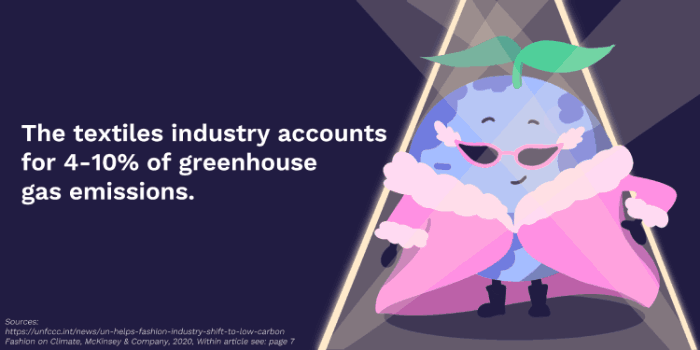
What are textiles?
The textiles industry deals with the production of fibres and how they are made into fabrics and clothes . While this includes household and industrial fabrics, we will mainly focus on the fashion industry as it is responsible for 70% of textile production
.
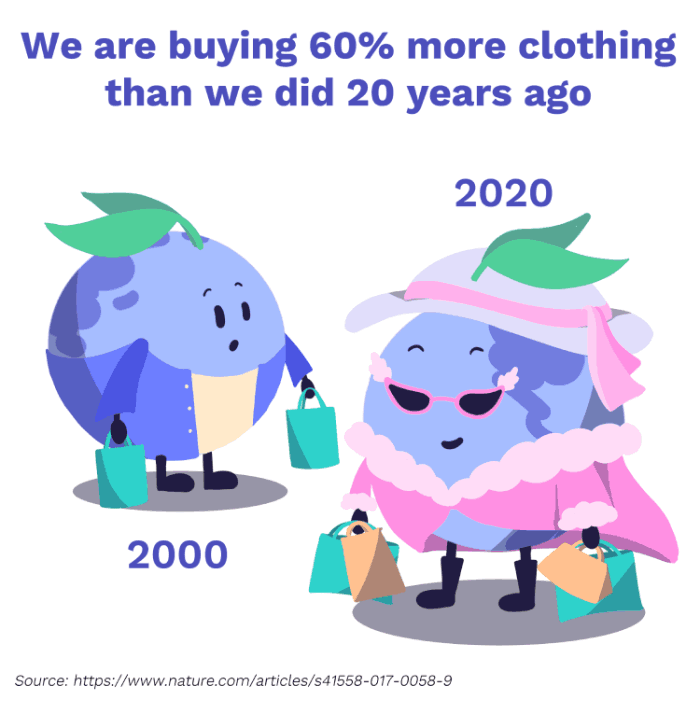
We buy 60% more clothing than we did 20 years ago.
This dramatic increase has been sped up by the development of “fast fashion”, a business model which focuses on low prices and fast-paced trends .
What does this mean for the planet?
On average, making 1 kg of fabric releases 20-23 kg of greenhouse gases ; the industry itself generates around 4-10% of man-made global greenhouse gas emissions, depending on the calculation methods used
. Compare this to the aviation industry, which produces just 2.4% of global emissions
!
So where do these emissions come from?

Emissions contribution of fashion supply chain
Emissions are produced at all stages of a garment’s lifetime; from sourcing the raw materials, to its laundry and disposal. However, 70% of the fashion industry’s emissions come from the production process, during fibre production and clothing manufacture .
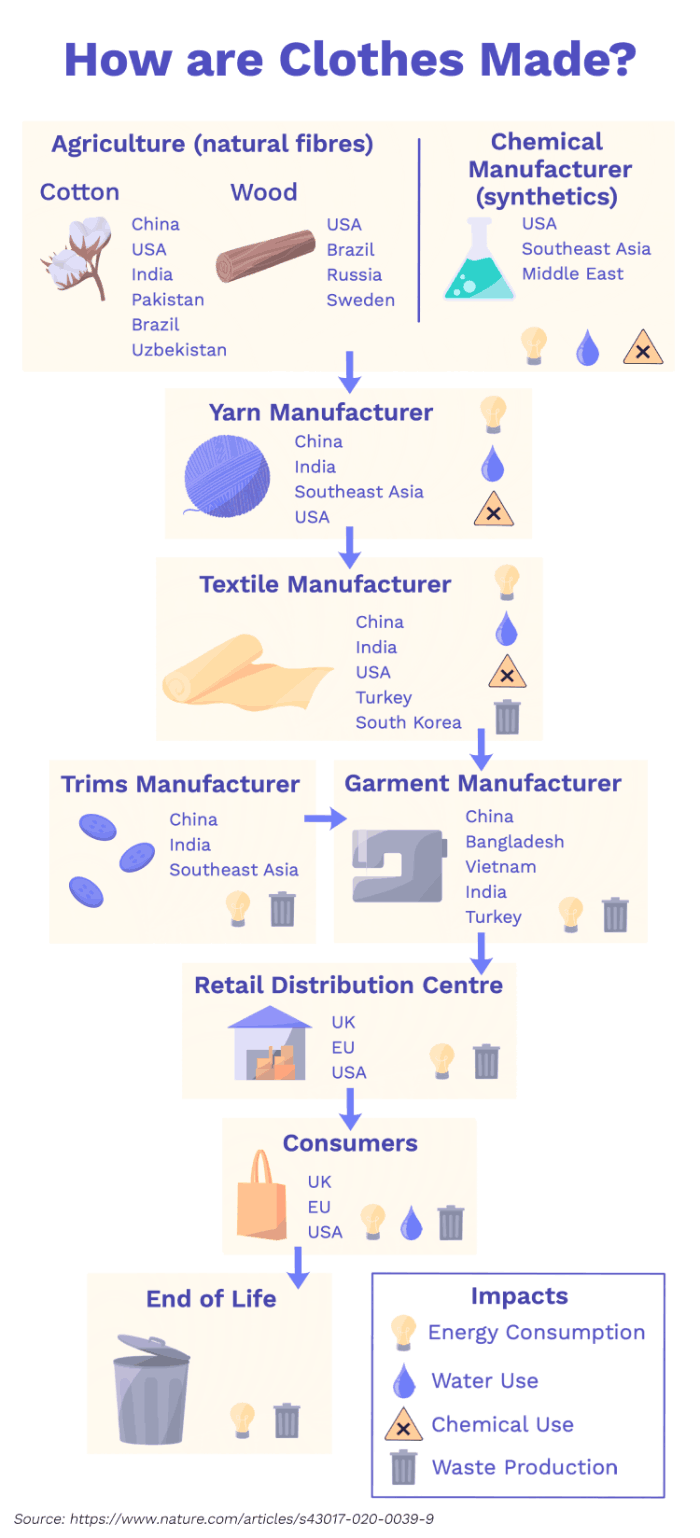
The fashion supply chain
Let’s look at these in more detail:
Polyester is the most commonly used fibre, accounting for 52.2% of global fibre production in 2019 . It is a plastic fibre made from fossil fuels through a process that uses a lot of energy
. Just one polyester t-shirt emits an average of 5.5 kg CO2eq, nearly 30% more than the average emissions from a cotton t-shirt
.
Cotton is a naturally sourced plant-based fibre. It also releases greenhouse gases as a result of the production and application of fertilisers and pesticides to the growing cotton plants .
While cotton produces less greenhouse gas than polyester, it uses up 20x more water .
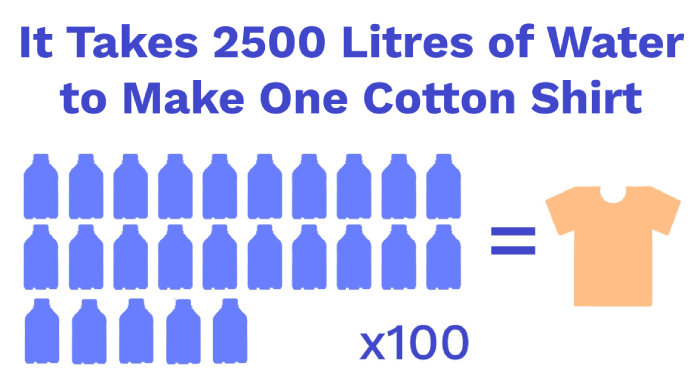
How much water is needed for one cotton shirt
Because 90% of the world’s clothing is produced in low and middle income countries (due to the cheaper cost of labour), developing countries bear most of the burden of this environmental pollution despite accounting for only a small amount of clothing consumption
.
What about the impacts of clothing once it has been bought?
When clothing is washed it releases very small threads, called microfibres, which are released into the water. These can eventually end up in our oceans where they are often eaten by sea animals .

Microfibre release from washing clothes
What happens to our clothes when we are done with them?
Almost 60% of all clothing produced is thrown out within a year of its production, ending up in landfill or being burnt (which releases CO₂) .
So what can we do?
Most textiles and clothing are produced in countries that rely mainly on fossil fuels for their energy needs, like China . The textile industry uses a lot of energy so switching to clean energy sources, like solar, wind and nuclear, and increasing energy efficiency are the best ways to reduce the industry’s carbon footprint
.
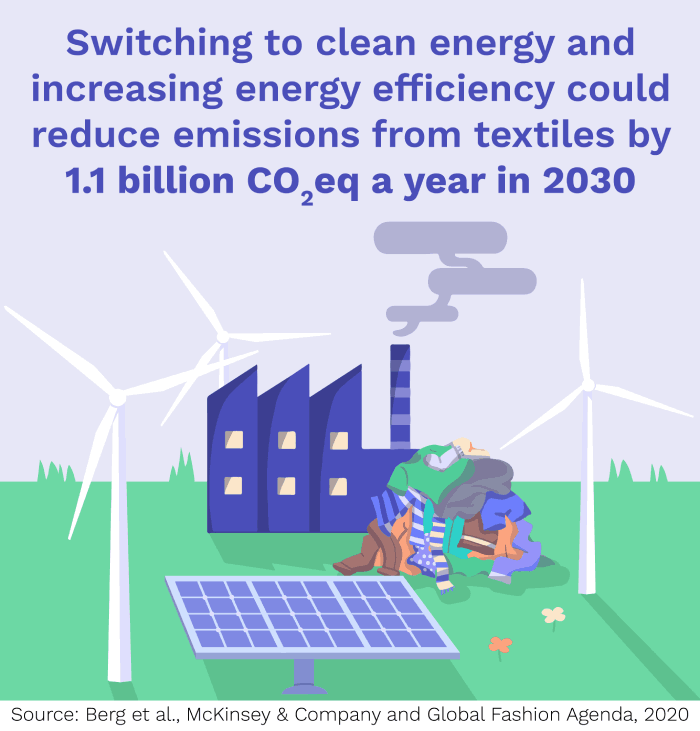
Emissions reduction by switching to clean energy
What about the fibres themselves?
Making fabric from recycled polyester releases 37% less CO₂ than virgin polyester (polyester produced from non-recycled fibres) and is made mostly from discarded plastic bottles and other plastic waste . Yes, you heard that right. Recycled polyester has the potential to reduce plastic pollution as well as greenhouse gas emissions!

Emissions from recycled polyester
To solve these problems, short recycled fibres are often blended with longer fibres to produce longer lasting clothing, and new technologies have been developed to automatically sort large volumes of mixed textiles by fibre type .
As well as recycling fibres, we should start using materials that produce fewer emissions in the first place. Other plant-based fibres, like hemp, and man-made cellulose fibres, like viscose and lyocell, derived from wood consume significantly less water and land than cotton . However, it is important that the materials used for these fibres come from sustainable sources and that the chemicals used to make them are recovered and reused
.
How can we reduce the impact of textile manufacturing?
Chemical pollution can be avoided by improving the efficiency of the dyeing process. For example, a pretreatment for cotton called ColorZen makes the fibres soak up dye more efficiently, reducing the amount of dye, water and energy required .
Even with these exciting innovations, significant improvements will require systemic change. Doing this requires transparency within the supply chain. The industry must establish higher labour and environmental standards, and both environmental and social concerns need to be considered at every stage.
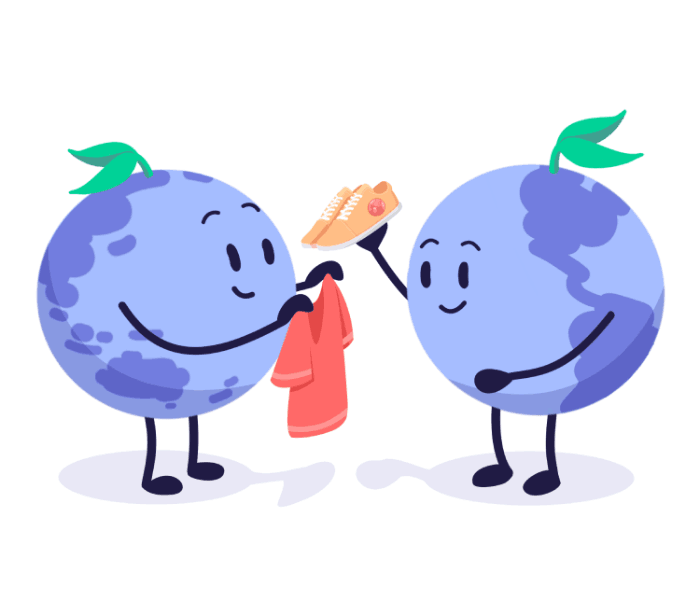
Circular clothing business models
Retailers and brands also have a responsibility to raise consumer awareness about the high energy requirements of washing, drying and ironing their clothes . Reducing washing temperatures and frequency, as well as avoiding tumble-drying, will reduce carbon emissions and water consumption while preventing the release of microfibres into our waterways
.
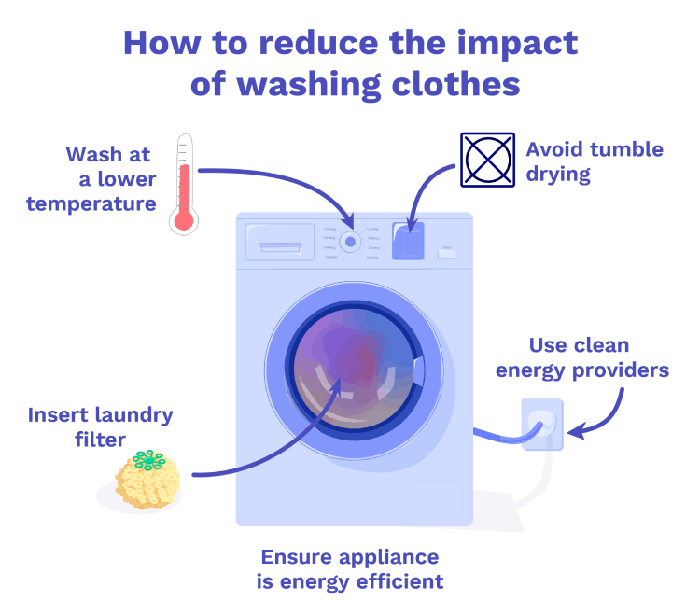
Reducing the impact of laundry
The textile industry is having serious impacts on both the environment and human well-being. Our love for fast fashion has dramatically increased the demand for cheap, low-quality garments that use up resources and contribute significantly to global emissions and waste. While we are seeing exciting advances in the production of sustainable fabrics and textile recycling, the best way to reduce the environmental and social impacts of this industry is to reduce the overproduction and consumption of textile items in the first place .